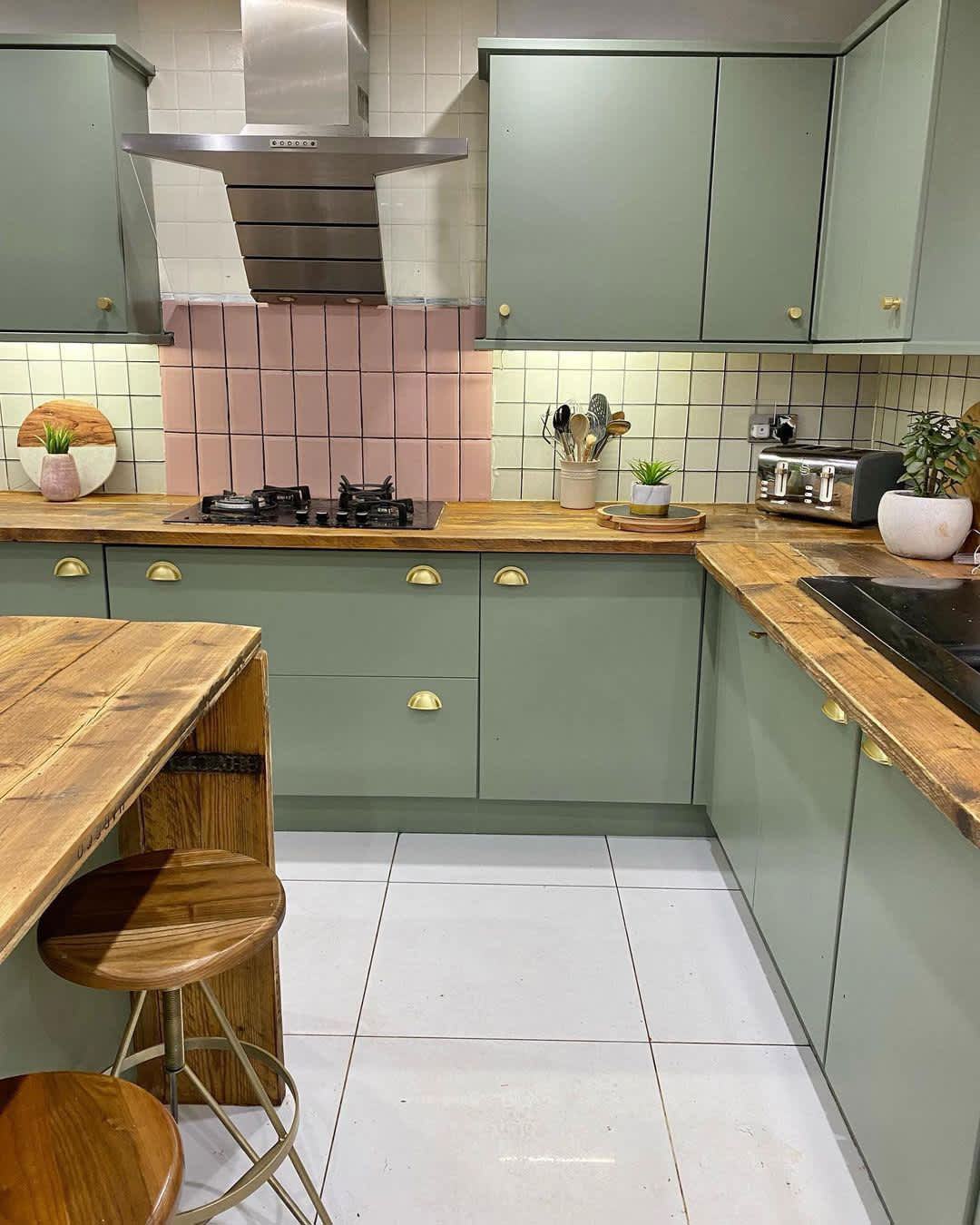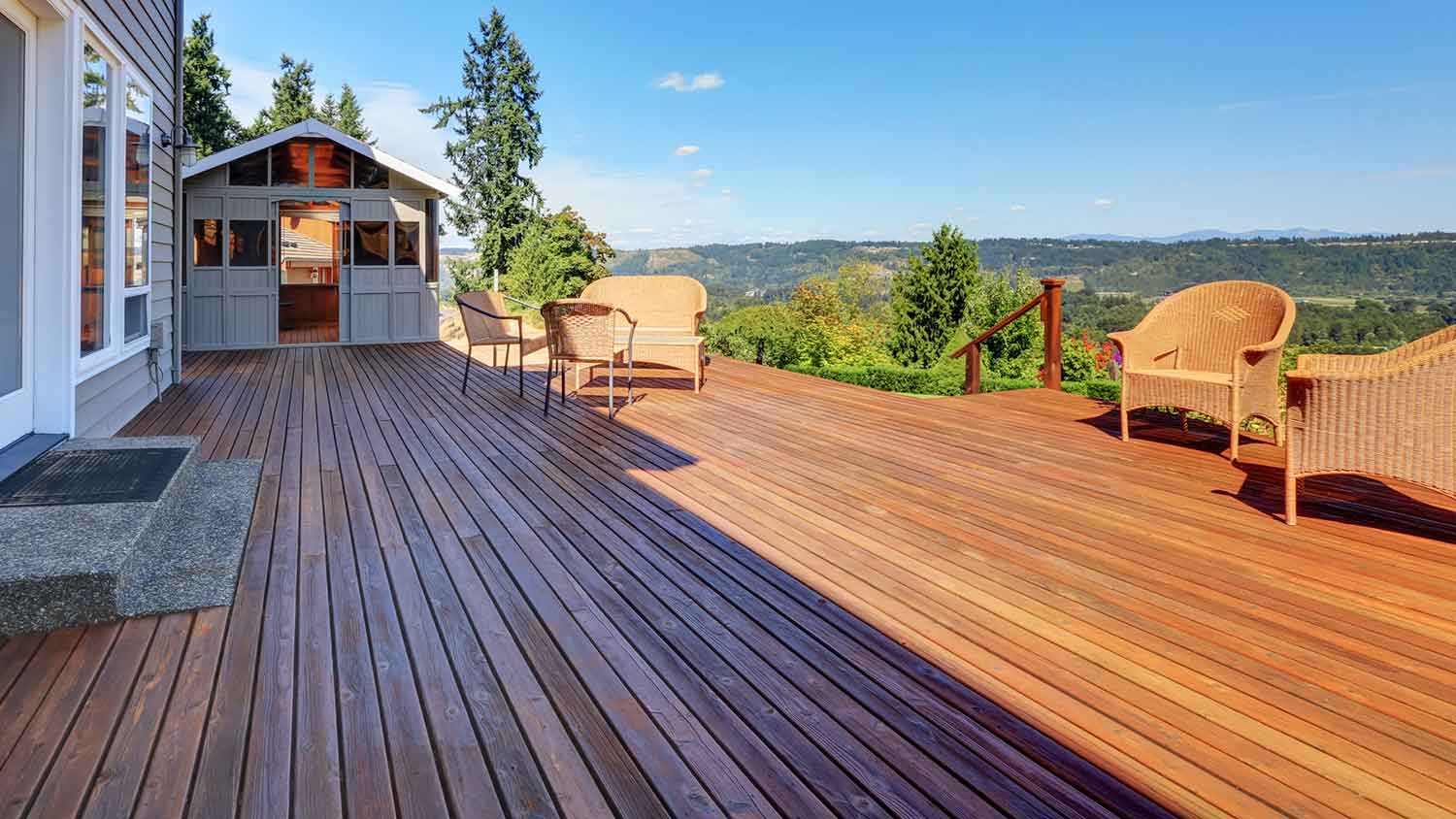
Mike's Painting
Mike's Painting
interior and exterior painting. residential or commercial. We pressure wash and do staining. We also specialize in sheetrock, flooring, and renovations(carpenter work). Check out our website-mikespaintingga.com.
"They were excellent and showed up on the day they were supposed to show up. They did everything they were supposed to do. They cleaned everything after work."
Randy B on January 2023
interior and exterior painting. residential or commercial. We pressure wash and do staining. We also specialize in sheetrock, flooring, and renovations(carpenter work). Check out our website-mikespaintingga.com.
"They were excellent and showed up on the day they were supposed to show up. They did everything they were supposed to do. They cleaned everything after work."
Randy B on January 2023












